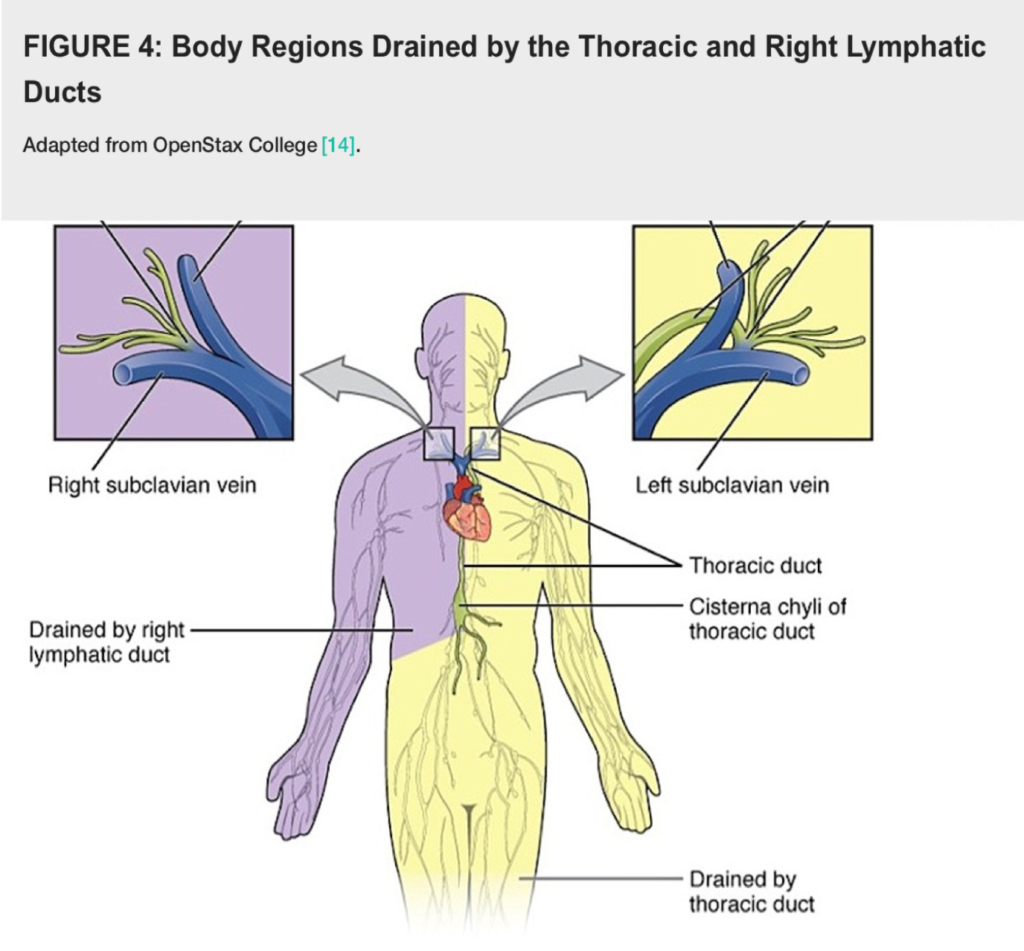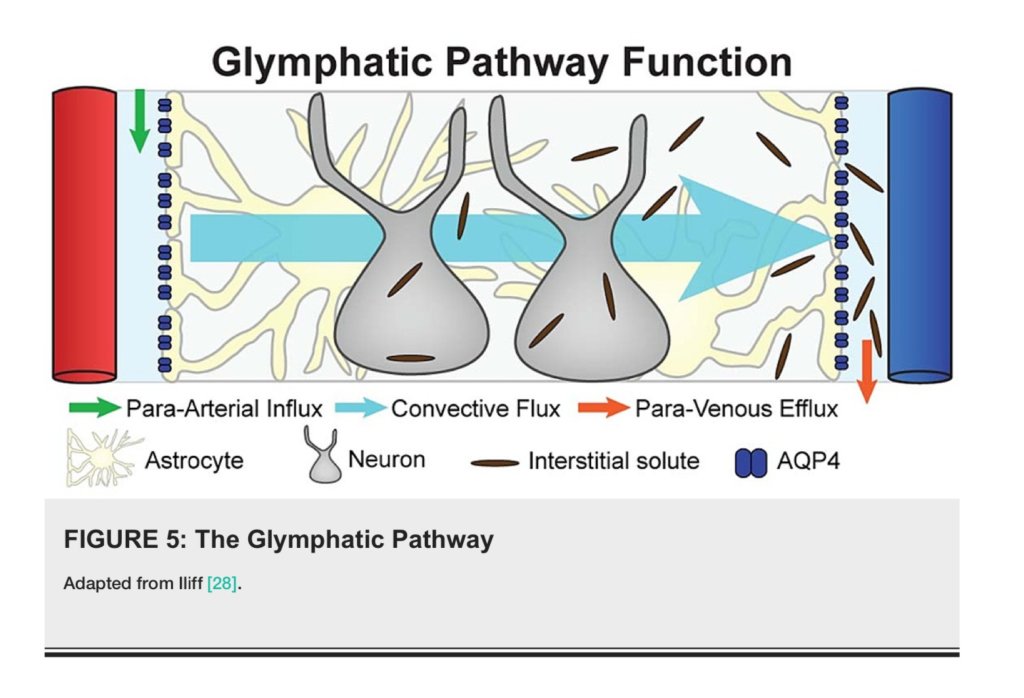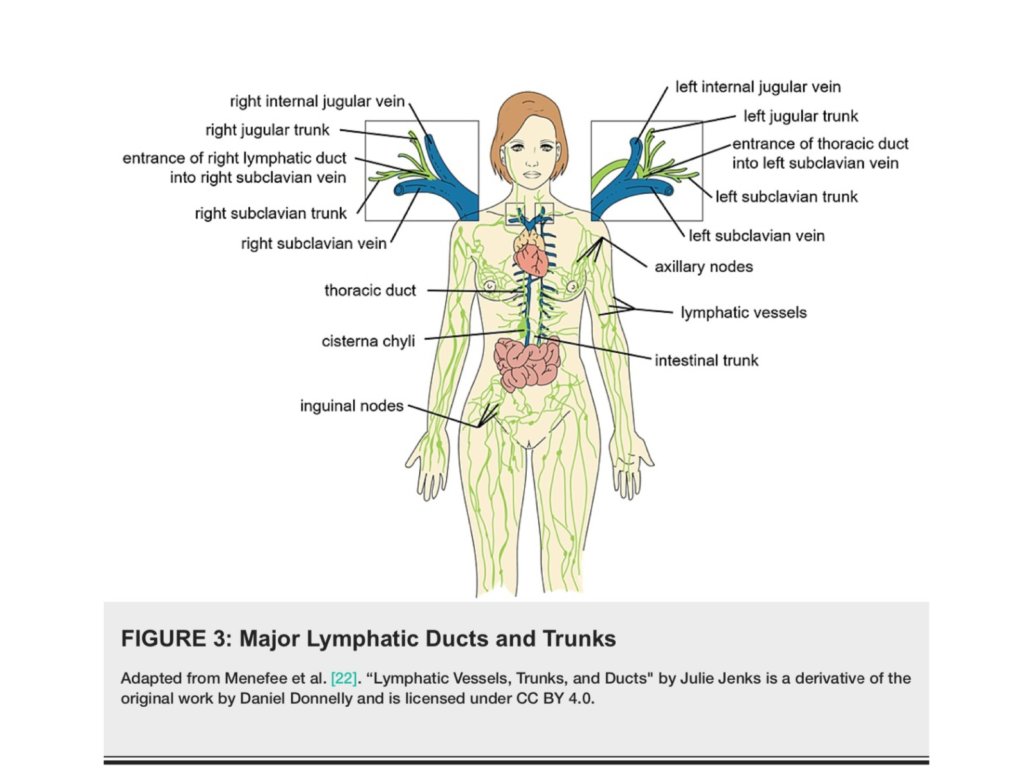Visit our Location
Hoque Plaza, Gulshan - 1Opening Hours
Thu - Tue: 10 AM - 9 PMBoost your Immune System with Osteopathic Treatment

In this blog, we will explore the role of the lymphatic system in health and disease, with an emphasis on the use of OMT to alleviate somatic dysfunctions (SD) that inhibit the optimum function of the lymphatic system, thereby affecting one’s overall health and wellbeing.
The lymphatic system functions as a part of the circulatory system maintaining fluids in the body at balanced levels, and as a part of the immune system by playing a role in the body’s defense system against infections. The lymphatic system consists of the lymphoid organs, lymph tissues, lymph ducts, lymph capillaries, and lymphatic vessels that transport lymph and miscellaneous materials throughout the body. With the discovery of the glymphatic system in the brain, we can now include this network of vessels that serve a similar purpose in the central nervous system.
Discovery of The glymphatic system
Until recently, scientists were not able to identify a lymphatic system in the brain, however it seemed implausible that the brain would not also have a system for the removal of waste products. Finally, in 2012, scientists discovered and called the “glymphatic” system, a combination term of the words “lymphatic” referring to the function of the system, and “glial,” referring to the type of cells that surround the perivascular spaces through which the cerebrospinal fluid (CSF) flows.

OMT specialists now utilize this knowledge of the glymphatic system to remove impediments, or augment lymph flow, and stimulate the body’s immune system defenses. Knowledge of the role of the glymphatic system now allows OMT specialists to further refine their OMT techniques for the lymphatic system to further enhance their ability to optimize care for their patients. As a result, it is now believed and seems promising that more effective OMT treatments that address the glymphatic system may prove to be highly useful in the osteopathic approach to conditions like neurodegenerative diseases and traumatic brain injury, for example.
Indications for Lymphatic drainage treatment:
The indications for use of OMT to influence the lymphatic system include, but are not limited to, diseases or conditions that demonstrate some measure of edema, tissue congestion, or lymphatic or venous stasis. Some specific indications are acute somatic disorders (SDs), sprains/strains, pregnancy, infection, inflammation, and pathologies with significant venous and/or lymphatic congestion

Indications for Lymphatic drainage treatment:
The indications for use of OMT to influence the lymphatic system include, but are not limited to, diseases or conditions that demonstrate some measure of edema, tissue congestion, or lymphatic or venous stasis. Some specific indications are acute somatic disorders (SDs), sprains/strains, pregnancy, infection, inflammation, and pathologies with significant venous and/or lymphatic congestion
How Does an OMT specialist diagnose if Lymphatic treatment is right for you?
- History and Physical Examination
A thorough history and physical examination is essential which gives special attention to any evidence of areas of swelling or puffiness, infection, inflammation, organ dysfunction or disease, shortness of breath, and tissue trauma.
2. Terminal Lymphatic Drainage Sites:
a) Looking for palpable tension, tenderness or ticklishness, or full, boggy tissue texture changes in the regional terminal lymphatic drainage sites are particularly useful in determining if regional tissue congestion exists.
b) Palpation of the Central myofascial pathways and its anatomical transition zones for the presence of fascial restrictions which may inhibit lymphatic flow.
c) Fluid pumps determine whether the physiologic motion of any of these muscular, fascial, and/or membranous regions is restricted. The cranial dura membranes, especially the tentorium cerebelli (a.k.a “cranial diaphragm”), the supraclavicular fossa region (a.k.a: thoracic inlet), the thoracoabdominal diaphragm, and the pelvic diaphragm.
3. Spinal Involvement
Somatic dysfunction of the spinal vertebrae, rib cage, and sacrum result in reduced biomechanical efficiency, and increased tension in their associated muscular and connective tissue structures, all of which may contribute to less optimum lymphatic flow.
4. Peripheral Pathways
After evaluating terminal lymphatic drainage sites, palpating other regional and local tissues to evaluate the presence of congestion and excess fluid in the interstitial tissues will help identify any regions that might benefit from local fluid techniques.

Safety and Efficacy:
The safety and efficacy of osteopathic lymphatic treatments have been demonstrated in many published studies without any reports of significant complications. It is still essential that the physician practices clinical judgment when prescribing osteopathic lymphatic treatments for their patient.
Is Lymphatic Drainage treatment right for you?
From the time of its founding, osteopathic medicine recognized the important role of the lymphatic system. The diagnosis and treatment of the lymphatic system were vital for the maintenance of health and the treatment of disease. At Back in Motion, our expert physician: OMT specialist Dr. Yousuf, who has practiced and trained under some of the most notable pioneers of the field, utilizes the application of osteopathic principles and practices to help restore and enhance immune system functions and lymphatic fluid flow which acts as an important factor in disease prevention, recovery from illness, and the maintenance of health and wellness in his patients. Dr. Yousuf’s patients rave about feeling a more energetic, healthy, harmonious feeling of overall well being as early as the first treatment session.
